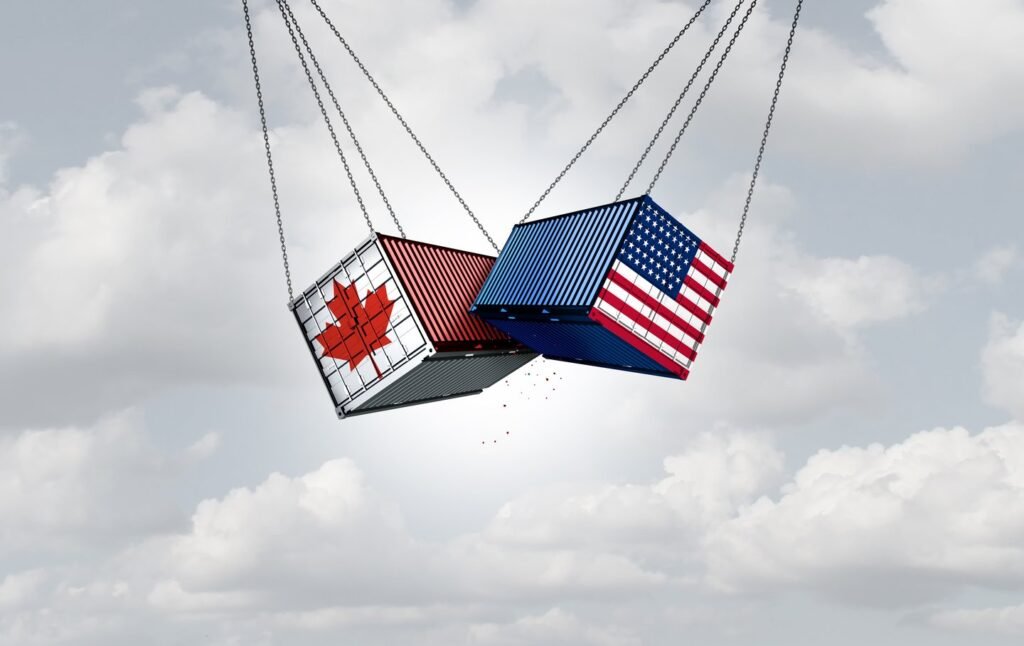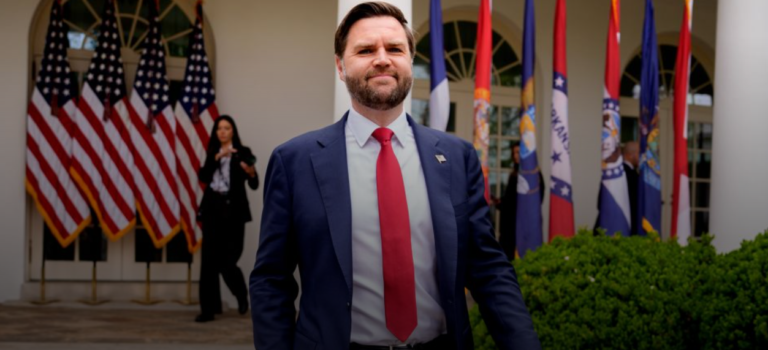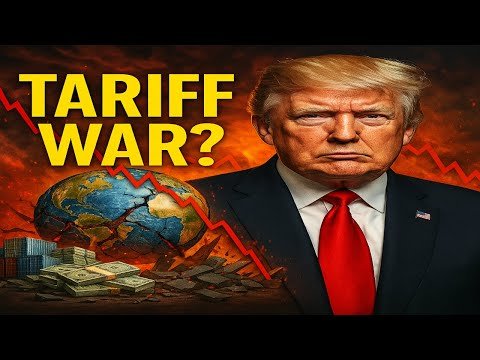
Tariffs have been a cornerstone of U.S. trade policy for centuries, acting as both a tool of economic protectionism and a powerful instrument in international diplomacy. Over time, tariffs have evolved from simple revenue-generating mechanisms to strategic tools used to influence foreign policy, strengthen economic interests, and assert political power. In this article, we take a closer look at how tariffs have shaped U.S. foreign policy, examining historical examples, the political motivations behind tariff imposition, and their long-term effects on global relations.
The Historical Roots of U.S. Tariff Policy
The use of tariffs in U.S. foreign policy dates back to the early years of the republic. The first tariff law in the United States was passed in 1789, primarily to generate revenue for the new government and protect nascent American industries from foreign competition. Over the years, however, tariffs became increasingly intertwined with foreign policy, serving as tools of both negotiation and coercion.
The Tariff of Abominations (1828)
One of the earliest and most notable examples of tariffs influencing U.S. foreign policy was the Tariff of Abominations of 1828. This tariff, which raised duties on imported goods, sparked outrage in the southern states, particularly South Carolina. Southern leaders, who relied heavily on trade with Europe for their cotton exports, viewed the tariff as a protective measure for Northern industrial interests at their expense. The controversy surrounding this tariff ultimately led to the Nullification Crisis, in which South Carolina attempted to assert its right to nullify federal laws.
This episode underscores the political sensitivity of tariffs and their potential to provoke domestic unrest and alter diplomatic relations. Although the tariff was eventually reduced, the episode highlighted how tariff policy could influence U.S. domestic politics, as well as its relationships with foreign nations, especially those that were major trading partners.
The Smoot-Hawley Tariff Act of 1930
Another pivotal moment in the history of U.S. tariff policy came during the Great Depression. The Smoot-Hawley Tariff Act, passed in 1930, raised tariffs on thousands of imported goods in an attempt to protect American jobs and industries from foreign competition. However, this tariff had disastrous consequences, exacerbating the global economic downturn by prompting retaliatory tariffs from other nations, which led to a significant decrease in international trade.
The Smoot-Hawley Tariff serves as a cautionary tale about the dangers of using tariffs purely for domestic economic purposes without considering the broader diplomatic implications. It demonstrated how tariff policy could destabilize international trade and alienate key foreign partners, leading to long-term consequences for U.S. foreign policy.
Tariffs as Tools of Diplomatic Leverage
While tariffs have been used to protect domestic industries, they are also deployed as tools of diplomatic leverage. In the modern era, tariffs have become an essential instrument for U.S. policymakers seeking to negotiate favorable trade agreements, punish foreign governments for perceived unfair practices, or extract concessions in other areas of international diplomacy.
The Trade War with China
One of the most prominent examples of tariffs being used as a tool of foreign policy in recent years is the trade war between the United States and China, initiated by the Trump administration in 2018. In an effort to reduce the U.S. trade deficit with China and address concerns over intellectual property theft and unfair trade practices, the U.S. imposed a series of tariffs on Chinese goods. China responded with its own tariffs on U.S. products, leading to a tit-for-tat escalation that affected businesses and consumers on both sides.
The trade war with China illustrates how tariffs can be used as a strategic tool to achieve specific foreign policy objectives, such as promoting fairer trade practices or countering perceived economic imbalances. However, the fallout from such trade wars can be unpredictable, with the potential to harm domestic industries, disrupt global supply chains, and strain international relations.
The North American Free Trade Agreement (NAFTA) Renegotiation
The renegotiation of the North American Free Trade Agreement (NAFTA) under the Trump administration also highlighted the role of tariffs in shaping U.S. foreign policy. As part of the renegotiation process, the U.S. imposed tariffs on steel and aluminum imports, including from Canada and Mexico, two of its closest trading partners. These tariffs were used as leverage to secure more favorable terms in the new agreement, which eventually resulted in the United States-Mexico-Canada Agreement (USMCA).
The use of tariffs in this context demonstrated how they can be wielded to influence multilateral trade agreements and reinforce political objectives. While the USMCA was seen as a victory for U.S. negotiators, it also illustrated the risks associated with using tariffs as bargaining chips, as tensions with key trading partners can lead to diplomatic fallout and unintended consequences.
Tariffs and Geopolitical Strategy
Beyond economic considerations, tariffs also play a critical role in broader geopolitical strategy. By imposing tariffs, the U.S. can send powerful signals to both allies and adversaries, signaling its willingness to protect its economic interests and assert its influence on the world stage.
The Role of Tariffs in U.S.-EU Relations
The United States has also used tariffs as a means of asserting its influence in its relationship with the European Union (EU). For example, in 2018, the Trump administration imposed tariffs on European steel and aluminum imports, citing national security concerns. This move was widely viewed as a response to what the U.S. considered unfair trade practices by the EU and a broader strategy to rebalance the transatlantic trade relationship.
In this case, tariffs were used not only as an economic tool but also as a means of signaling U.S. dissatisfaction with the EU’s trade policies. The EU responded with retaliatory tariffs, which further strained relations between the two economic giants. However, the U.S. and EU later engaged in negotiations to reduce these tariffs, highlighting the dynamic and often fluid role that tariffs play in global geopolitics.
Tariffs and U.S. Relations with Emerging Economies
Tariffs are also a powerful tool in shaping the U.S.’s relationship with emerging economies. For instance, U.S. tariff policies towards countries in Africa, Asia, and Latin America are often driven by a combination of economic interests and geopolitical considerations. For example, trade policies towards countries like Brazil, India, and Vietnam are often influenced by the desire to counter China’s growing influence in these regions.
By imposing or threatening tariffs on countries that are seen as rivals or strategic competitors, the U.S. can attempt to reshape regional trade dynamics and exert influence over the economic and political choices of these nations. In this sense, tariffs are not just economic tools but also instruments of broader foreign policy aimed at shaping the global order.
The Economic and Political Consequences of Tariffs
While tariffs can achieve specific policy goals, they also come with significant economic and political costs. The economic impact of tariffs often includes higher prices for consumers, disruption of global supply chains, and retaliation from trading partners. Politically, the imposition of tariffs can damage relationships with key allies, provoke trade wars, and strain diplomatic ties.
Additionally, tariffs often have unintended consequences, such as encouraging domestic industries to become complacent rather than innovate or pushing businesses to relocate production to countries with more favorable trade policies. These complexities make tariffs a double-edged sword in foreign policy, offering both opportunities and risks.
Conclusion
Tariffs have long been a significant element in shaping U.S. foreign policy, both as tools of economic protectionism and as instruments of diplomatic strategy. Whether used to protect domestic industries, negotiate trade agreements, or assert geopolitical power, tariffs have played a pivotal role in defining the U.S.’s relationships with other nations. However, their economic and political consequences must be carefully considered, as tariffs can have far-reaching impacts on international trade, diplomatic relations, and global stability.
As the world continues to evolve, the role of tariffs in shaping U.S. foreign policy will likely remain a topic of intense debate and scrutiny. Policymakers will need to balance the immediate economic benefits of tariffs with the broader diplomatic and strategic implications, ensuring that tariff policy continues to serve as a constructive tool in advancing U.S. national interests while minimizing potential risks to global stability.






